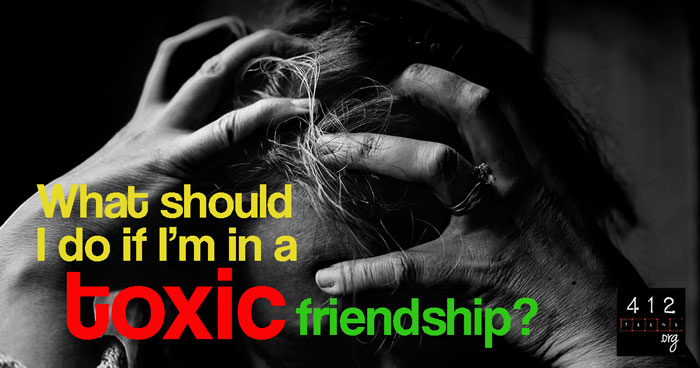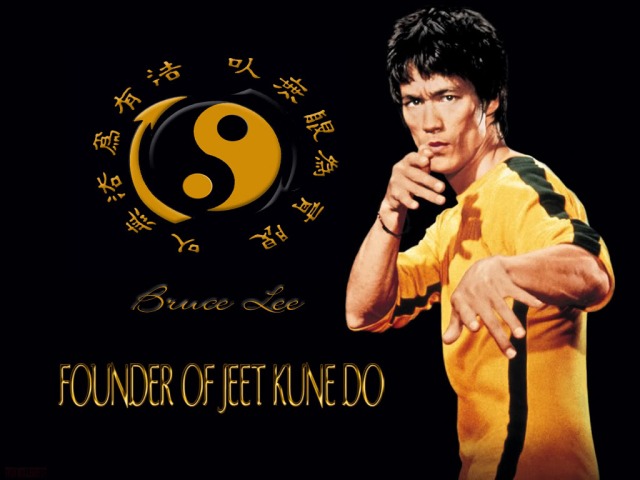What does the Bible say about dealing with toxic / abusive people / relationships?
Writer/Editor: Catiana N.K. 412 Teens.org

In an ideal world, we wouldn't ever have to deal with people who hurt us, but unfortunately, we live in a fallen world full of fallen people (including us!), so pain and hurt is going to happen at some point. We would hope that at least our family or Christian friends would always be an encouragement, but there's no guarantee of that either. No one is exempt from the influence of sin. Yes, Christians will struggle against sin too—and sometimes they allow it to get the best of them. Thus, toxic or abusive relationships are formed, and we occasionally wind up entangled within those terrible, unhealthy webs and cycles of behavior.
What defines a toxic or abusive relationship?
Abuse is defined as the act of mistreating or misusing just about anything, such as drugs, technology, trust, possessions—or people. Abusing things or people is a sin because it is, at the core, motivated by selfishness which results in horrendous consequences. When people are involved, the fallout can be radioactively toxic, such as damaged relationships, destruction of self-esteem, and painful emotional trauma that gets carried through the years. Toxic or abusive people tend to lash out in anger when things don't go how they want them to, and the innocent bystanders in their way suffer for it.
Whether the abuse is subtle and harder to see on the surface (e.g. emotional or spiritual abuse) or if it is out in the open, leaving physical evidence, all forms of abuse are just as wrong and just as destructive. Verbal attacks, criticism, favoritism, manipulation, deceit, threats, and withheld expressions of love are all just as hurtful as beating, pushing, pinching, fists, and fire. No abuse is ever OK, especially when it involves other people.
Everyone is guilty on some level of being abusive or toxic to others at some point—no matter what age, ethnicity, gender, or whatever. The potential to harm has to do with sin and our innate bent toward selfishness (Romans 3:23; Jeremiah 17:9). Those who have accepted the need for a Savior acknowledge that only Love Himself, Jesus Christ, can tame our selfishness, transforming it into real love (Romans 8:10). We have a responsibility to care for and love others—not cause harm (John 13:34; Exodus 22:22; Isaiah 10:2; 1 Thessalonians 4:6).
Step Back & Extend Forgiveness
If a person in your life is toxic to your mental, spiritual, or physical health, often the wisest decision is to put some distance between you and them. If the abuse is physical and/or you live with the person, you must seek help from trusted friends or family members right away for your own safety. (National Child Abuse Hotline: 1-800-4-A-Child or 1-800-422-4453)
In Galatians 4:7-10, the Apostle Paul admonishes the church for listening to someone who was spreading lies and shaking people's faith in God. He spoke pretty harshly upon the troublesome person too (Galatians 5:12). Paul goes on to say that love is the better option, but that distance may be necessary for "if you bite and devour one another," you may end up hurting each other a lot worse (Galatians 5:14-15).
Being angry and frustrated by a situation, relationship, or person is OK and perfectly healthy; that's our mind's way of alerting us to the fact that something is very wrong. If you're in a toxic environment, you do not need to "get used to it" or "just get over it." It is OK to distance yourself—even if you're still mad.
The key to making this distance work is to avoid indulging in your anger or bitterness—for both your sakes. In distancing yourself from the toxic relationship / person, you create space for empathy and forgiveness. When you forgive someone, you are not only offering them the gift of forgiveness, you are setting yourself free from holding onto a grudge. You exchange a heart of bitterness and anger for one focused on God's love. That said...
You are NOT required to be around someone who is toxic, even if they are a fellow believer!
The ability to truly forgive won't be immediate, especially when it's someone who has betrayed you in some way; forgiving those who have hurt us (or are currently hurting us) is never an easy process. But the distance can help your pain, hurt, anger, and frustrations calm down, allowing compassion and mercy to take their place. Give yourself the grace of time to heal—physically, emotionally, spiritually. Ask God to help you see them through His eyes so your future responses will be out of godly love rather than hate or fear.
Toxic relationships and situations can cause a lot of damage to our mental, spiritual, and physical health. Sometimes talking to a counselor can help sort out all the emotions you're going through and help you gain perspective and understanding about how to move forward. Seeking help is not a sign of weak faith or "giving up" on God's ability to heal you. Counseling could very well be a part of God's healing process for you.
To those who abuse others or create toxic relationships...
Abuse is never OK. Own up to the fact that you have been abusing or creating toxic relationships or environments for others. Only taking responsibility for your damaging behavior will break the abusive cycle and help you recover from whatever past or present pain is feeding into your own toxicity (Proverbs 28:13; Ephesians 4:31-32).
Seek forgiveness from God. Be honest with yourself and make no excuses. 1 John 1:8-9 says, "If we say that we have no sin, we are deceiving ourselves and the truth is not in us. If we confess our sins, He is faithful and righteous to forgive us our sins and to cleanse us from all unrighteousness." When you ask God to forgive you, He promises to do so and give you a fresh start—no matter what has happened.
Seek help through pastoral or biblical counseling or through a small group of believers where loving relationships are fostered, where you can "bear one another's burdens" (Galatians 6:1-10). God will give you the strength to do as you are called to do—love one another as He loves us (1 John 1:9).
If possible, seek reconciliation with those whom you have hurt (Hebrews 12:14), but be aware that they may not be ready to forgive you or feel safe around you for a long, long time. Give them space and whatever amount of time they need. They may never want to reconcile with you, but that is not something you can control. Their forgiveness is not required for you to make changes in your life, be forgiven by God, or move forward with a fresh start.
Healing from Abuse or Toxic Relationships
Psalm 147:3 tells us that God "heals the brokenhearted and binds up their wounds." Only God's healing power can truly restore peace to a broken or traumatized heart. Unfortunately, many victims of abuse spend a lot of time waiting and hoping for the abuser to come and make amends to repair the damage they caused. Yes, it's important for the abuser to take responsibility for seeking reconciliation and forgiveness, but there is no guarantee that they ever will. They may not be aware of the damage they've done, or they may not care. But Jesus cares and promises to care for those in pain, especially kids (Mark 10:14-16).
Rest assured that the Lord Jesus cares for His brothers and sisters. He gave His life for you to show you how much He loves you (1 Peter 5:7). There is no way He will leave you without comfort, peace, healing—and vindication (John 10:11-15).
Some final thoughts:
GOD DID NOT PUT ME ON THIS EARTH TO TOLERATE MEN AND WOMEN OF LOW CHARACTER. IT IS NOT MY GOAL IN THIS LIFE TO HAVE EVERYONE LIKE ME. IF MY TELLING THE TRUTH RUBS YOU THE WRONG WAY, THEN MAYBE YOU HAVE SOME SERIOUS SOUL SEARCHING TO DO. I WILL INSTEAD DO WHAT GOD EXPECTS FROM ME AND LET THE CHIPS FALL WHERE THEY WILL. I REFUSE TO ASSOCIATE WITH TOXIC PEOPLE JUST TO BE ON THEIR GOOD SIDE. INSTEAD I WILL DISTANCE MYSELF FROM THEM.




